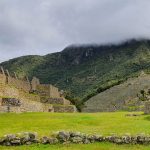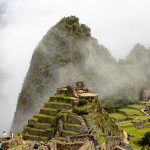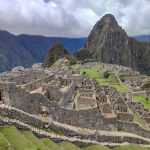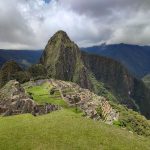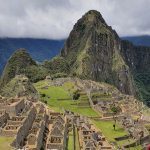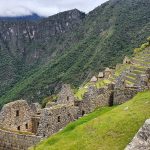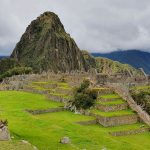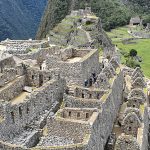Machu Picchu: The Lost City of the Incas Hidden in the Clouds
Machu Picchu is a 15th-century Inca citadel located in the Andes Mountains of Peru, perched on a 2,430-meter ridge. Built by the Inca Emperor Pachacuti, it remains an enduring symbol of the Inca civilization. Often referred to as the “Lost City of the Incas,” it is one of the most iconic archaeological sites in the world. Designated a UNESCO World Heritage Site in 1983 and named one of the New Seven Wonders of the World in 2007, Machu Picchu attracts millions of visitors annually.
Machu Picchu History
For a long time, Machu Picchu remained a mysterious and enigmatic citadel for historians and archaeologists. There are only a few chronicles that mention this site, and over time it was largely forgotten. In these chronicles the citadel was referred to as Picchu or Wayna, but over time the name changed to Machu Picchu.
For years, historians and archaeologists have tried to uncover the truth behind its construction, but many questions remain unanswered. Even today, not everything about this Inca citadel is fully understood. This enduring mystery continues to fascinate and attract people eager to unlock its secrets.

Construction and purpose
Machu Picchu was built around 1450 AD during the reign of the Inca Emperor Pachacuti, who ruled from 1438 to 1472. Pachacuti was a visionary leader who expanded the Inca Empire and initiated many architectural projects, including Machu Picchu. The site is believed to have served as a royal estate or religious retreat for Inca rulers, although its exact purpose remains controversial. Some theories suggest that it was a ceremonial center, an astronomical observatory, or even a strategic stronghold.
The construction of Machu Picchu shows the advanced engineering skills of the Incas. The site was built using a technique called ashlar masonry, in which stones are cut so precisely that they fit together without mortar. The structures were designed to withstand earthquakes, with walls that lean slightly inward and stones that shift slightly when shaken.
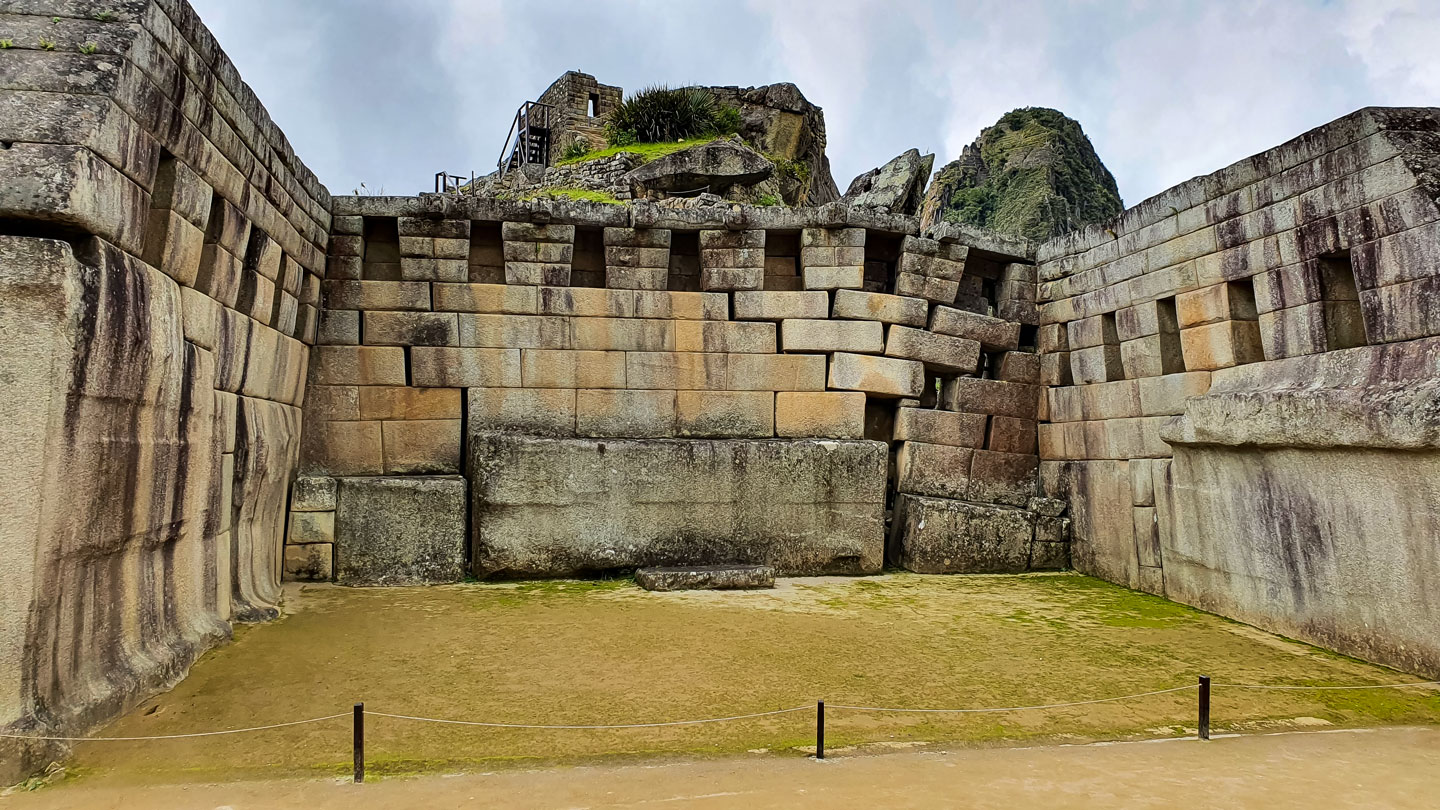
Forgotten by time
Machu Picchu was abandoned around the time of the Spanish conquest in the 16th century. The Spanish, led by Francisco Pizarro, arrived in Peru in 1532 and began their conquest of the Inca Empire. However, the Spanish never discovered Machu Picchu, probably because of its remote location and the fact that it was not a major political or economic center.
The reasons for its abandonment are not entirely clear. Some theories suggest that the site was abandoned due to the collapse of the Inca Empire, outbreaks of smallpox brought by the Spanish, or the impracticality of maintaining such a remote location. Whatever the reason, Machu Picchu was gradually reclaimed by the jungle and remained hidden for centuries.
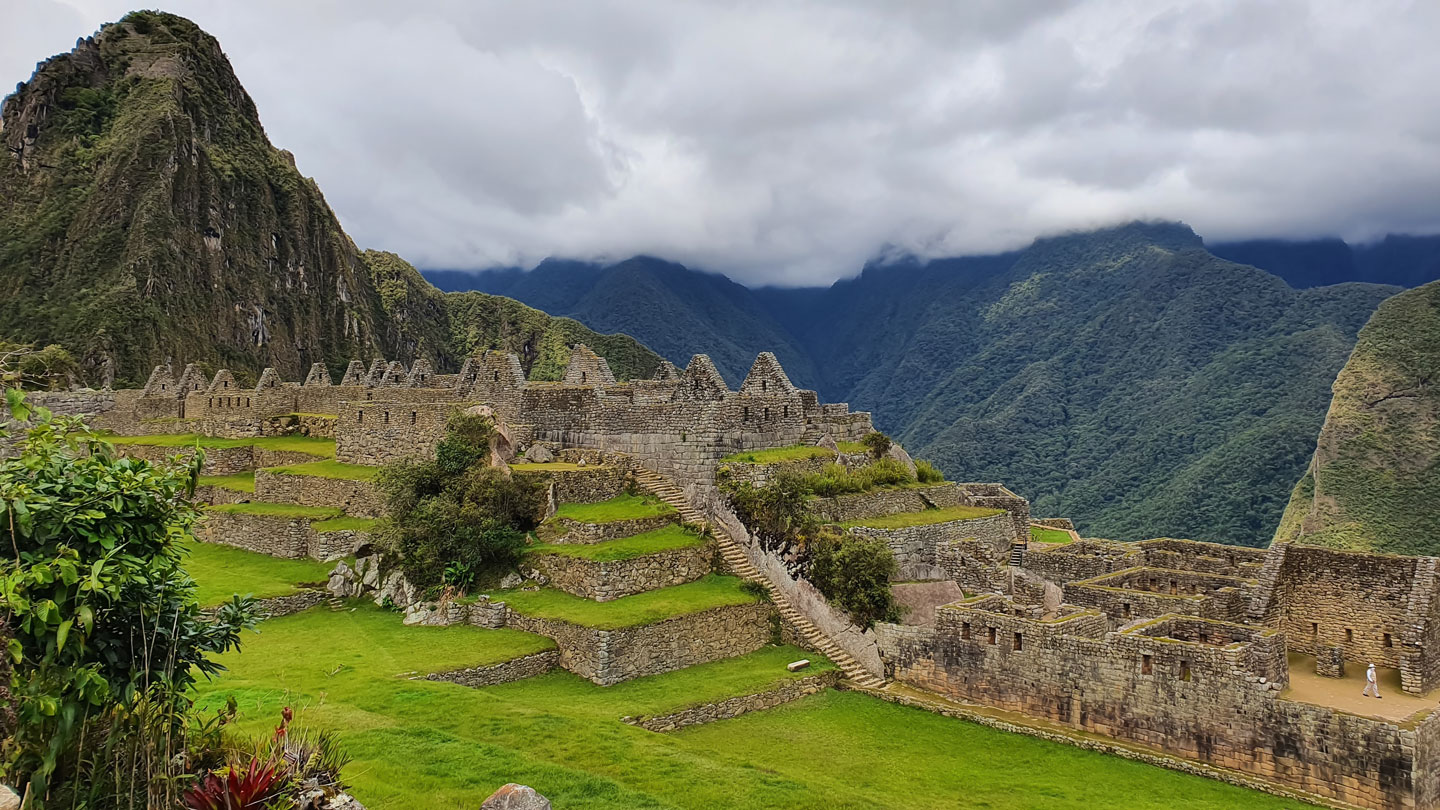
Rediscovery
Machu Picchu was brought to the world’s attention on July 24, 1911, when American historian and explorer Hiram Bingham rediscovered the site. Bingham was led to the ruins by local farmers who already knew of their existence. At the time, the site was overgrown with vegetation and only a few families lived there.
At first, Bingham thought he had found Vilcabamba, the last refuge of the Incas during their resistance against the Spanish. However, Vilcabamba was later identified as a different site. Bingham’s expeditions and subsequent publications, including his book The Lost City of the Incas, brought Machu Picchu to international fame and sparked widespread interest in Inca history and archaeology.
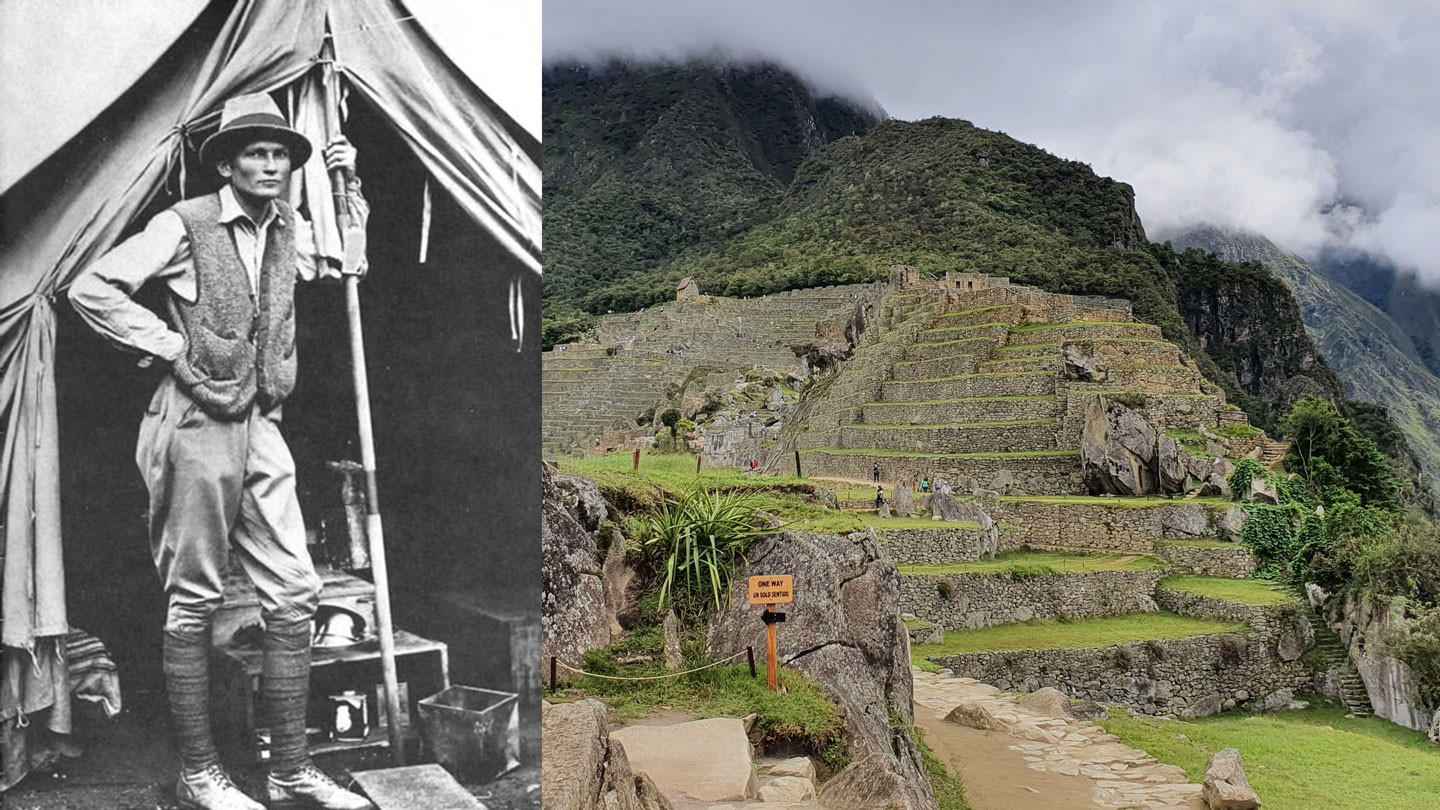
Modern History and Preservation
In the decades following its rediscovery, Machu Picchu became a major tourist destination and a symbol of Peru’s rich cultural heritage. It was declared a Peruvian Historical Sanctuary in 1981, and a UNESCO World Heritage Site in 1983. In 2007, Machu Picchu was named one of the New Seven Wonders of the World, further cementing its status as a global icon.
However, the site faces challenges due to overtourism and environmental degradation. To address these issues, the Peruvian government has implemented measures such as visitor limits, timed entry tickets, and strict regulations to preserve the site for future generations.
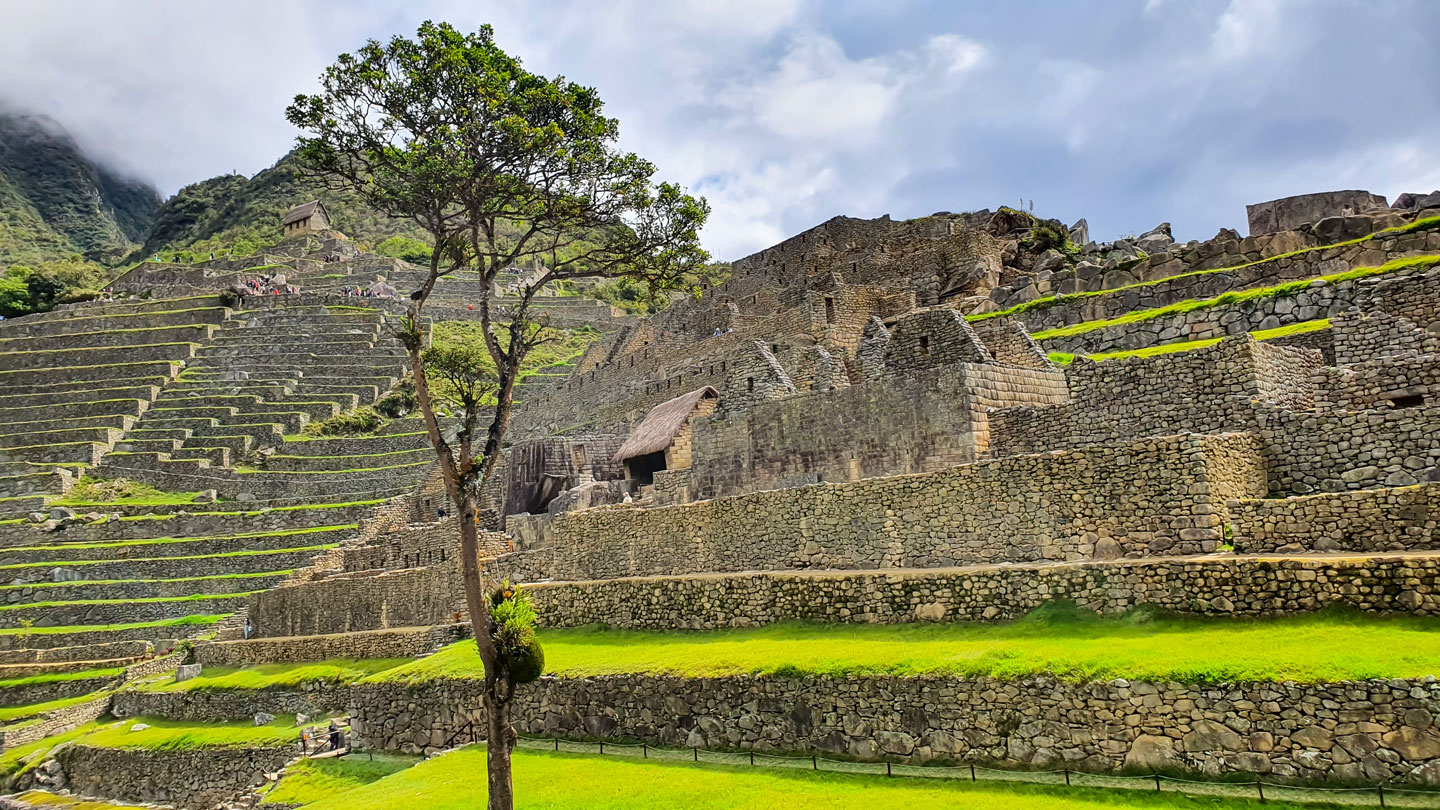
Cultural and Spiritual Importance
Machu Picchu has deep cultural and spiritual significance. It is believed to have been a sacred site for the Incas, with many structures aligned with astronomical events such as the solstices. The Intihuatana Stone, often called the “Hitching Post of the Sun,” is believed to have been used for astronomical and ceremonial purposes. The site’s location, surrounded by mountains and overlooking the Urubamba River, adds to its mystical aura.
Legacy
Today, Machu Picchu stands as a testament to the ingenuity, spirituality, and resilience of the Inca civilization. Its stunning architecture, breathtaking natural setting, and rich history continue to captivate visitors from around the world. Whether you hike the Inca Trail or take the train to Aguas Calientes, a visit to Machu Picchu is a once-in-a-lifetime experience that offers a glimpse into the grandeur of the Inca Empire.
The Majestic Mountains that Surround Machu Picchu
Machu Picchu is famous not only for its breathtaking ruins, but also for the dramatic Andean peaks that surround it. These mountains were more than just a natural backdrop for the Inca citadel; they held deep spiritual and strategic significance for the Inca civilization.
Huayna Picchu: The Guardian Peak
Huayna Picchu, the towering peak seen in the classic postcard view of Machu Picchu, rises about 8,920 feet (2,720 meters) above sea level. Its name means “young peak” in Quechua, and it was an important part of the Inca site. The Incas built steep staircases and terraces on its slopes, and on its summit they constructed a temple and ritual sites believed to have been used for astronomical observations and religious ceremonies. Today, the climb to Huayna Picchu is one of the most exciting experiences for visitors, offering breathtaking panoramic views of the ruins below.
Mount Machu Picchu: The Overlooked Giant
Often overshadowed by Huayna Picchu, Mount Machu Picchu (Montaña Machu Picchu) is the larger peak at 3,082 meters (10,111 feet). Unlike Huayna Picchu, this mountain offers a longer, less crowded hike and rewards those who reach the top with breathtaking views of the citadel, the Urubamba River, and the surrounding cloud forest. Historically, this peak may have served as a sacred vantage point for Inca priests and astronomers to observe the movements of the sun and stars.
Putucusi: The Hidden Gem
Putucusi, which means “Happy Mountain” in Quechua, is located east of Machu Picchu and is often overlooked by tourists. This steep and rugged peak offers an adventurous climb with vertical ladders and challenging trails. Although there are no direct Inca structures, it offers an incredible alternative view of the citadel.
The Sacred Role of the Mountains
To the Incas, mountains (or apus) were sacred deities that protected their people. The location of Machu Picchu was carefully chosen to align with these peaks, as the Incas believed they channeled powerful energies. The citadel itself was designed to harmonize with the surrounding landscape, emphasizing their deep connection to nature and spirituality.
These mountains continue to add to the mystery and allure of Machu Picchu, inviting visitors to explore not only the ruins, but also the breathtaking natural wonders that surround this legendary site.
The Andes: A Sacred Landscape
Machu Picchu is part of the Andes, one of the longest and most dramatic mountain systems in the world. The Incas revered the mountains as Apus, or sacred spirits, and believed they were the protectors of their people. The surrounding peaks, including Salkantay and Veronica, were considered especially sacred.
Salkantay Mountain: Located southwest of Machu Picchu, Salkantay is one of the highest peaks in the region at 6,271 meters (20,574 feet). It was worshipped as a deity by the Incas and is an important landmark on the Salkantay Trek, an alternative route to Machu Picchu.
Veronica Mountain: To the northeast, Veronica (also called Wakaywilka) rises to 18,641 feet (5,682 meters). It was also considered a sacred apu and is visible from parts of the Inca Trail.
The Urubamba River: Lifeline of the Sacred Valley
The Urubamba River, known as the Vilcanota River in its upper reaches, flows around the base of Machu Picchu, creating a natural boundary. The Incas called it the “Sacred River” and believed it connected the earthly world with the spiritual realm. The river’s winding path through the mountains adds to the dramatic beauty of the landscape.
Machu Picchut
Machu Picchu is one of the most popular destinations for travelers who want to experience one of the wonders of the world. It is considered a must-visit location and a top tourist attraction in Peru. However, many travelers often search for information about Machu Picchu using different names or keywords on search engines. To help you find the most accurate and relevant information, the best keyword to use is “Machu PicchuT” or “Machu Picchu T“. Simply type this keyword into the search bar, and the search engine will suggest the most popular and reliable websites. This way, you can easily find the best travel and tour information, including details about hikes, tours, and other activities.
Machu Picchu T-Shirts
There are various models of Machu Picchu T-shirts available, and the most popular ones can be found on platforms like Amazon or ApplePie. These platforms offer a wide range of T-shirts featuring unique designs and stamps of Machu Picchu. If you’re planning to visit Machu Picchu, Inca Trail Machu Company offers exclusive T-shirt models as a gift when you book your trip with them. You can choose from a variety of hikes and tours, such as the Inca Trail, Salkantay, Lares, and Choquequirao, and receive a special T-shirt as part of your package.
Machu Picchu Photos
Tuboleto Machu Picchu
TuBoleto:
- About Us
- Contact Us
+51 997 434 941
Av Tupac Amaru PP-10B, Santiago, Cusco - Peru
Mon - Fri 8.00 - 18.00 Sat 8.00 - 12.00 Sunday CLOSEDTuBoleto Machu Picchu 2025/2026
Boleto Peru was established by the Inca Trail Machu agency to simplify the booking process for entrance fees to Machu Picchu and other important tourist circuits in Peru. We have been operating as sustainable tour specialists in Peru since 2007, specializing in trekking & hiking adventures and tailor-made trips.

